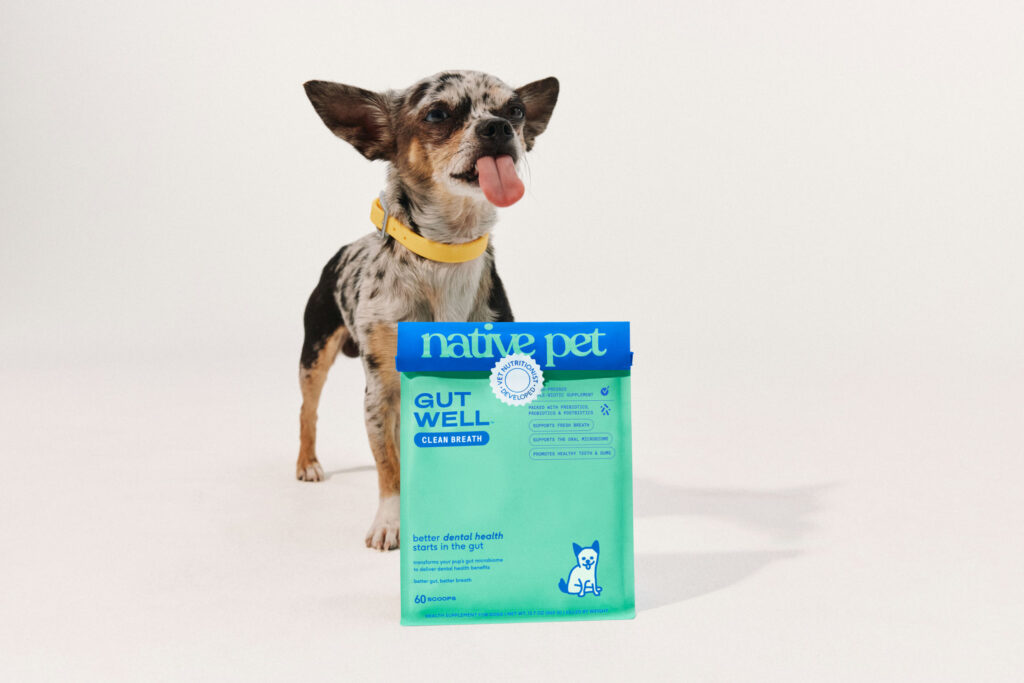
Ask any devoted pet parent, and they’ll tell you: the pet food aisle feels like the Wild West in a lab coat. Shiny labels promise vitality, longevity, and “all-natural” miracles—but buried in those ingredient lists are quiet heroes (and a few villains) that can make or break your dog’s health.
The good news? You don’t need a PhD in microbiology—just a sharp eye and the confidence to ask better questions.
This guide is part of our partnership with Native Pet GutWell Clean Breath.
5 Ingredients You Should Be Looking For
The label on dog food can be intimidating, but if you look for these ingredients, you’re likely looking at something worth feeding to Fido.
1. Trace Zinc: Tiny Mineral, Mighty Defender
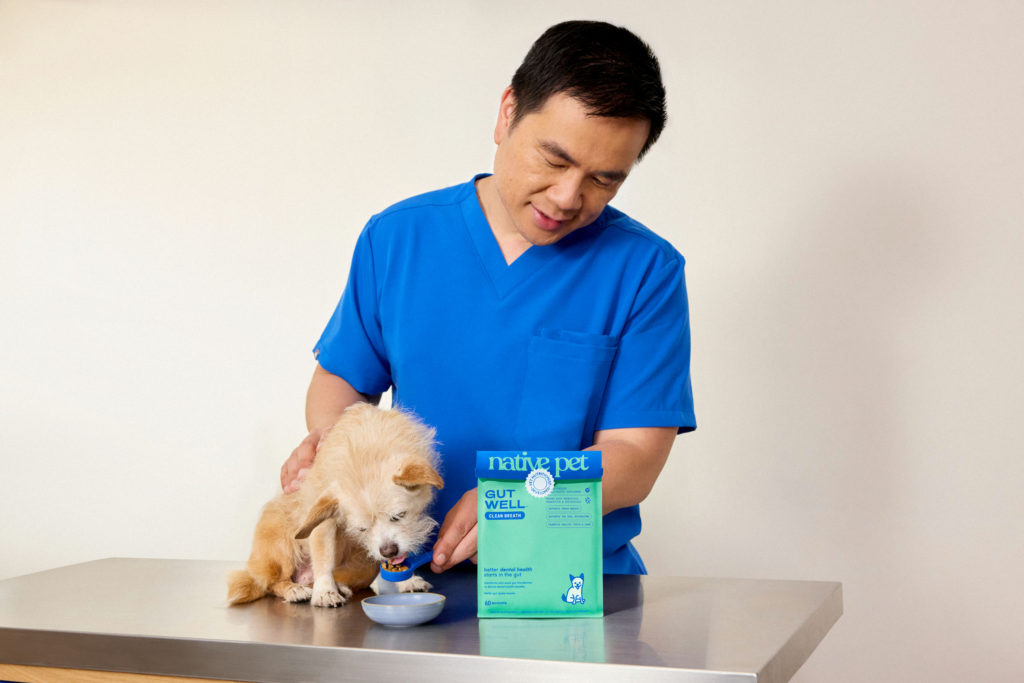
A sprinkle of zinc goes a long way in supporting your dog’s oral health, skin integrity, and immune response. But trace means trace—too much zinc can do harm. Look for chelated forms like “zinc proteinate” or “zinc methionine,” which absorb efficiently without upsetting the stomach.
If your dog’s breath has ever sent you running for cover, trace zinc and natural enzymes are your allies. Native Pet’s GutWell Clean Breath uses both—tackling odor and buildup from the gut outward instead of masking it with mint or synthetic flavor.
2. Postbiotics: The Unsung Powerhouse of Gut Health

Probiotics get the headlines. Postbiotics do the work. These are beneficial metabolites produced when probiotics ferment fibers (short-chain fatty acids, enzymes, peptides) that calm inflammation and strengthen the intestinal barrier.
They’re stable, shelf-friendly, and backed by emerging veterinary research. If you see “fermented yeast metabolites” or “bacterial culture extract,” don’t panic. That’s a good sign. It means your supplement’s microbiome science has graduated beyond the basics. Together, probiotics, prebiotics, and postbiotics form the gut’s version of a balanced ecosystem, which is what Native Pet designed its GutWell Clean Breath formula to support.
3. Probiotic Strains That Actually Live Long Enough to Help
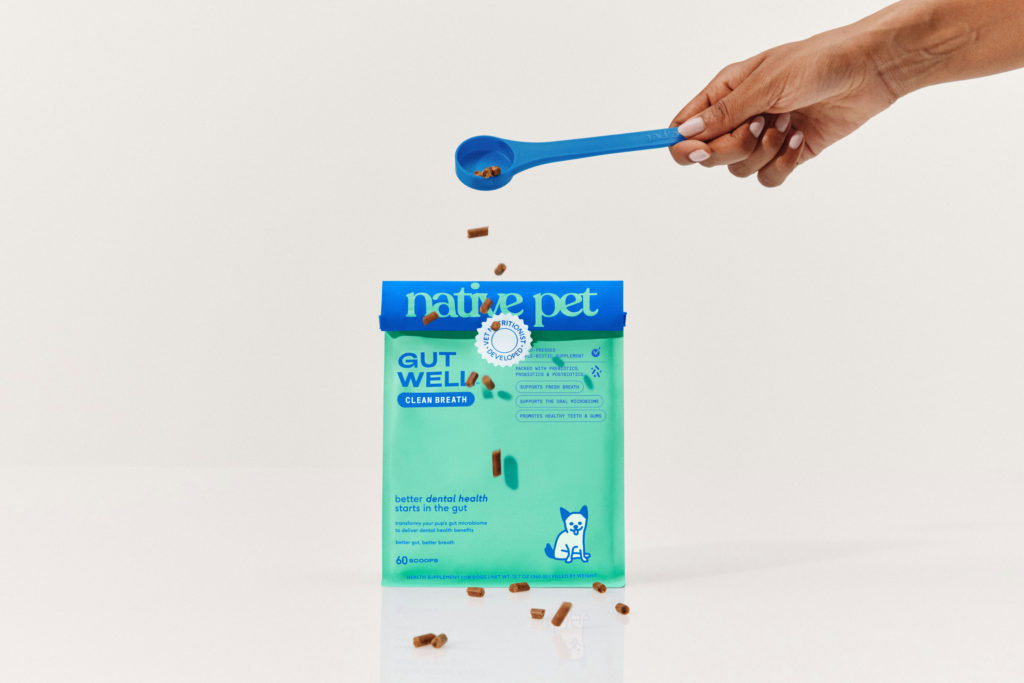
Not all probiotics survive the journey through your dog’s digestive system. The ones that matter—Lactobacillus and Bifidobacterium strains—are the gut’s equivalent of loyal security guards, keeping harmful bacteria from staging a takeover.
Look for strain names that sound like science, not marketing: Lactobacillus acidophilus, Bifidobacterium animalis, or Lactobacillus plantarum. If the label lists only “proprietary probiotic blend,” and doesn’t bother to tell you what’s in this blend, then it’s like saying “somewhere, there’s a dog.” Not good enough.
4. Prebiotics: The Fiber That Feeds the Good Guys

Like their name suggests, prebiotics are what set the stage for probiotics. Ingredients like inulin or fructooligosaccharides (FOS) don’t digest in your dog’s gut, but the beneficial bacteria they feed feast on them, multiplying and crowding out the bad microbes.
Without prebiotics, even the best probiotic supplement can fizzle out. Together, they form a microbiome dream team that supports digestion, immune balance, and even mood regulation (yes, the gut-brain link is real for dogs too).
5. Natural Plaque-Fighting Algae and Enzymes
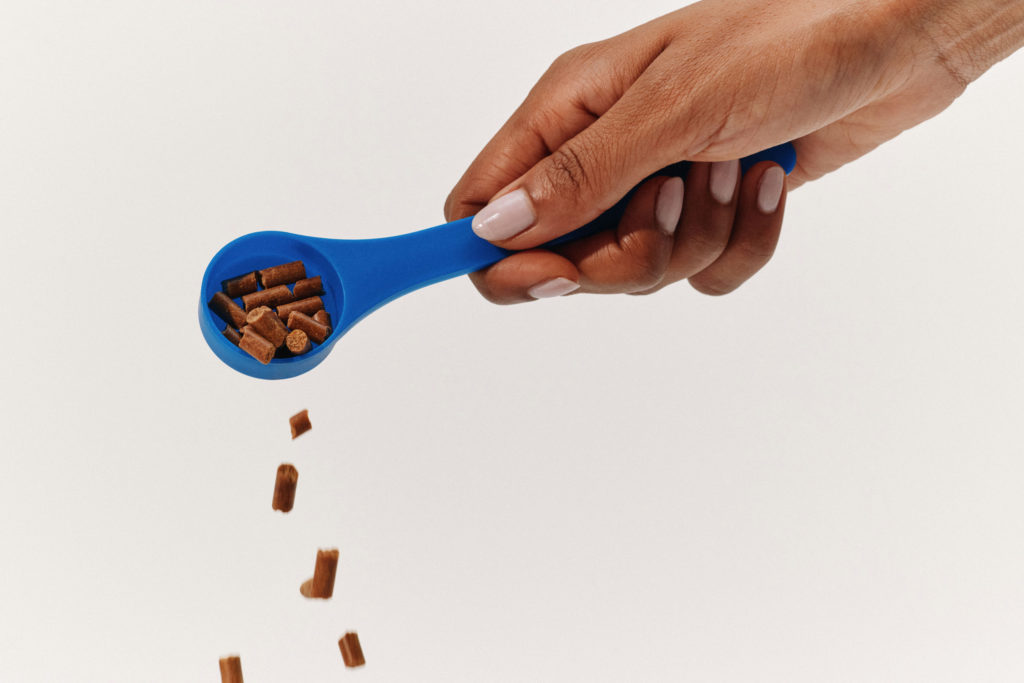
There’s a reason top veterinary dental formulas include plaque-reducing algae or plant-derived enzymes. They help break down biofilm before it hardens into tartar—doing for your dog’s mouth what floss does for yours (minus the judgmental look in the mirror).
Skip synthetic “mint flavor” or harsh abrasives. The real dental wins come from green tech, not green dye.
And 5 Ingredients Worth a Hard Pass
The same way “free lounge access” isn’t always advertised, neither are the worst offenders in the pet food world.
1. Artificial Sweeteners and Sugars
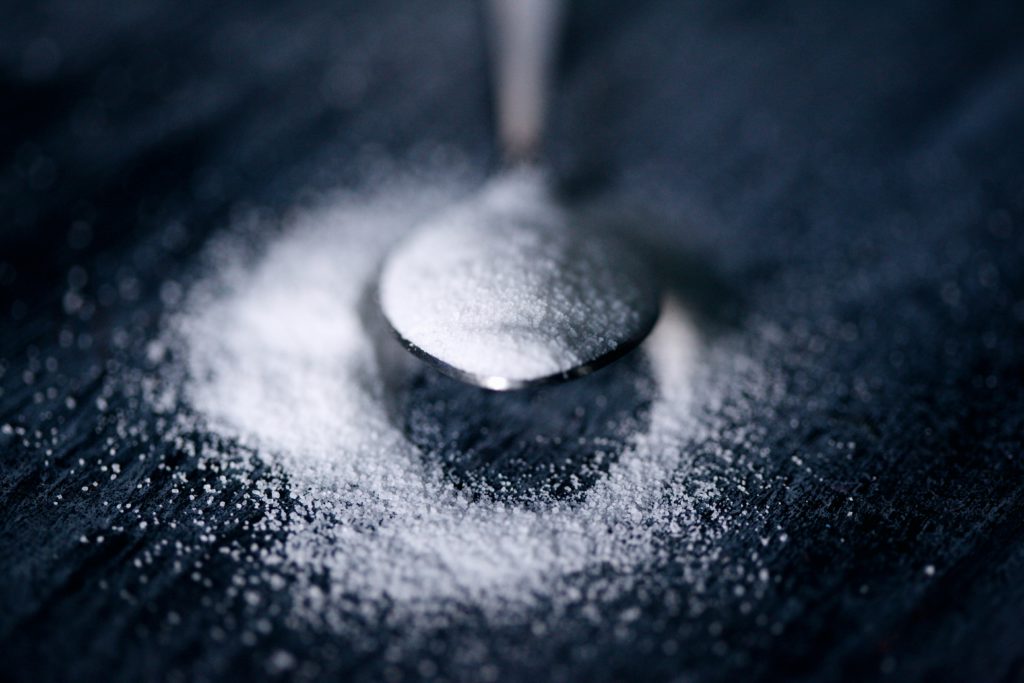
Sugar, molasses, and artificial sweeteners like xylitol are gut terrorists disguised as flavor boosters. They feed harmful bacteria, disrupt microbiome balance, and in some cases (xylitol especially) can cause life-threatening toxicity.
If the label reads like dessert, you’re basically feeding your dog sweets for dinner.
2. Synthetic Colors and Flavors

Dogs don’t care if their chew is bright orange. Synthetic dyes and artificial flavor agents exist for you, not them—and several have been linked to allergic reactions and digestive distress.
Natural flavor from chicken liver or yeast extract is all the taste your dog needs. Leave the neon to kids’ cereal.
3. Excessive Binders and Fillers

Cellulose, starches, and mystery “binding agents” pad the label without adding nutrition. They dilute potency and can make sensitive stomachs miserable.
Choose shorter ingredient lists where the actives appear up front, not buried behind a paragraph of powdered fluff.
4. Vitamin Megadoses That Cross the Line
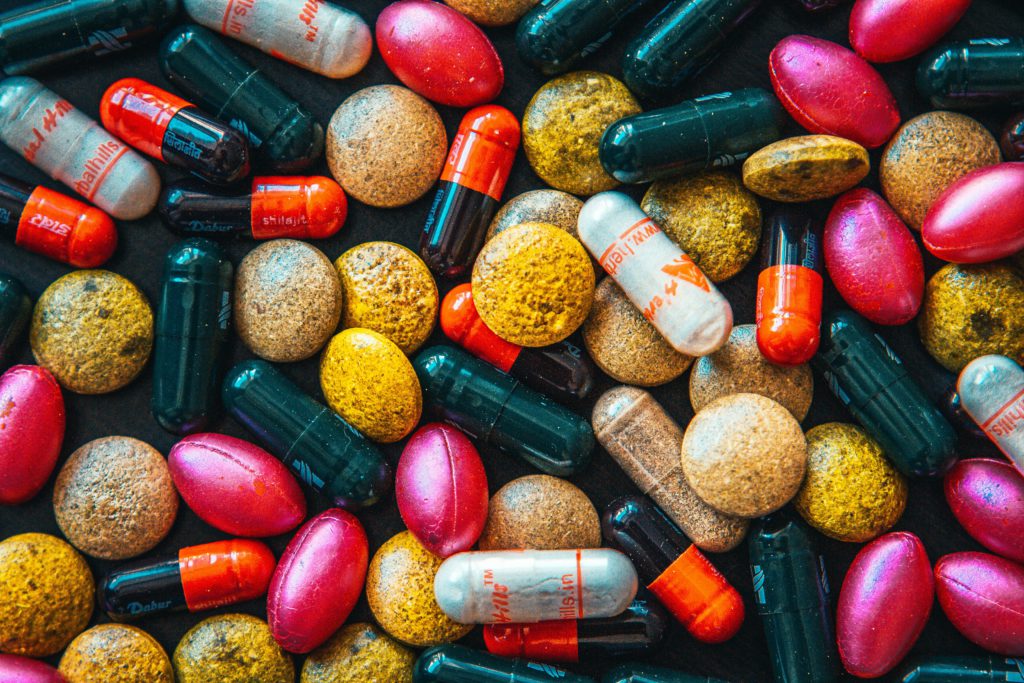
More isn’t better—it’s dangerous. Fat-soluble vitamins (A, D, E, K) build up over time and can reach toxic levels. That shiny “1,000% daily value” brag? Red flag.
Stick with moderate, well-balanced formulas or those endorsed by your vet. Dogs need nutrients, not nutritional brag sheets.
5. Proprietary Blends Without Transparency

If a label hides behind “proprietary blend,” you’re being asked to trust marketing instead of science. Reputable brands list exact dosages, strain names, and sources. Secrecy isn’t innovation here; it’s a liability and a sign you should really give that brand you’re looking at a second thought.
(Pro tip: transparent brands like Native Pet publish every ingredient online—no proprietary blends, no chemical trickery. Exactly the kind of transparency you’ll want when picking out your dog’s food.)
Last modified: November 24, 2025







